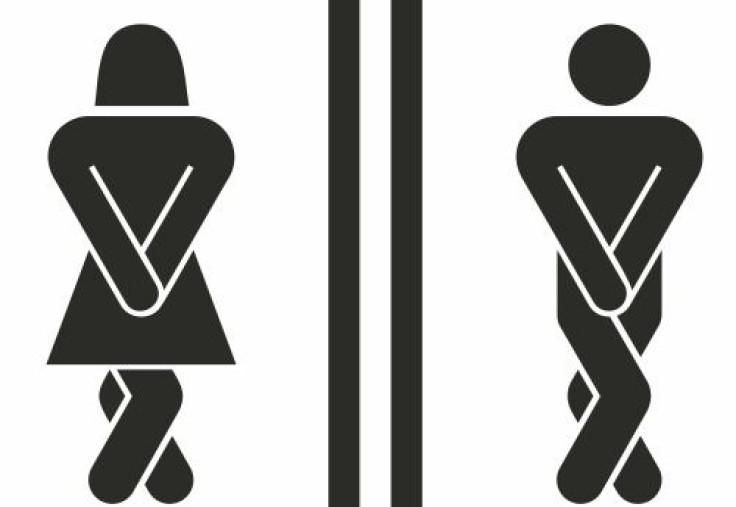Drop And Give Us... Kegels? How Bladder Training Helps Urinary Incontinence

Urinary incontinence (UI) — those sneaky leaks of urine, if you will — is more common than one might think. Up to 57 percent of women ages 40 to 60 experience symptoms, whereas a whopping 75 percent of women experience symptoms ages 75 and older. Whether it’s stress UI (releases of urine when laughing, coughing, or sneezing) or urgent UI (releases of urine the exact moment a person gets the urge to), women don’t have to suffer in silence. In fact, before even seeing a doctor, women can start to improve their condition simply by doing Kegels.
You've heard of these exercises before, no doubt. The ones where women contract, and release, their pelvic muscles several times throughout the day for a stronger pelvic floor. And according to a study published in the Annals of Internal Medicine, the American College of Physicians (ACP) conceded these exercises are an effective, nonsurgical option for treating UI, as well as bladder training and weight loss.
The ACP recommended women with stress UI focus on pelvic floor muscle training and Kegel exercises, and women with urgent UI should start with bladder training. Both Kegels and bladder training ultimately strengthen those pelvic muslces, which play a key role in preventing sneaky leaks, while bladder training requires keeping a diary of bladder activity.
"Physicians should utilize non-drug treatments as much as possible for [UI]," Dr. David Fleming, ACP president, said in a press release. "Kegel exercises for stress UI, bladder training for urgency UI, and Kegel exercises with bladder training for mixed UI are effective, have few side effects, and are less expensive than medications. Although various drugs can improve UI and provide complete continence, adverse effects often lead many patients to stop taking their medication."
That’s assuming women are even prescribed medication. More often than not, they’re so embarrassed by their symptoms that they don’t even bring it up to their doctor. In fact, researchers cited women wait as long as seven years before seeking treatment.
"[UI] is a common problem for women that is often underreported and underdiagnosed," Fleming said. "Physicians should take an active approach and ask specific questions such as onset, symptoms, and frequency of [UI]; it is estimated that about half of the women with incontinence do not report it to their doctor."
Today, keeping track of daily Kegel exercises is easier than ever, thanks to kGoal. This app (among the many others that aim to help women stay on top of their health) is both an interactive device and smartphone app that measures and tracks a woman’s Kegels. The recommended amount of exercise is three sets of 10 repetitions a day, but users can set their kGoal for as many sets a day as they want.
Pregnancy, menopause, obesity, urinary tract infection, cognitive impair, and constipation have all been found to be risks factors for UI. Talk to your doctor today about the options that will work best for you.
Source: Qaseem A, Dallas P, Forciea M, Starkey M, Denberg T, et al. Nonsurgical Management of Urinary Incontinence in Women: A Clinical Practice Guideline From the American College of Physicians. Annals of Internal Medicine. 2014.



























